Electromagnetic Flowmeter Remote Type This technology of magnetic electromagnetic flowmeter has a number of advantages when it comes to liquid flow measurement. The sensors are generally inserted in line into the pipes' diameter, and are therefore designed such that they do not disturb or restrict the flow of the medium under measurement. As the sensors are not directly immersed in the liquid-there are no moving parts-there are no wear and tear concerns. The method of magnetic electromagnetic flowmeter measures the volume flow, which means the measurement is insensitive to changes in effects such as fluid density, temperature, pressure, and viscosity. Once the electromagnetic water flow sensor measurement transmitter meters is calibrated with water, it can be used to measure the other types of conductive fluid-with no additional correction. This is a significant advantage that other types of flow meters don't have.  1.Installation location   2.Installa the flow sensor    3.Requirement of Straight pipe   4.Installation advance Sand casting is used to produce a wide variety of metal components with complex geometries. These parts can vary greatly in size and weight, ranging from a couple ounces to several tons. Some smaller sand cast parts include components as gears, pulleys, crankshafts, connecting rods, and propellers. Larger applications include housings for large equipment and heavy machine bases. Sand casting is also common in producing automobile components, such as engine blocks, engine manifolds, cylinder heads, and transmission cases. Sand Casting,Aluminum Sand Casting,Stainless Steel Sand Casting,Sand Precision Casting Ningbo City Yinzhou Ruican Machinery Co.,Ltd , https://www.cnruican.com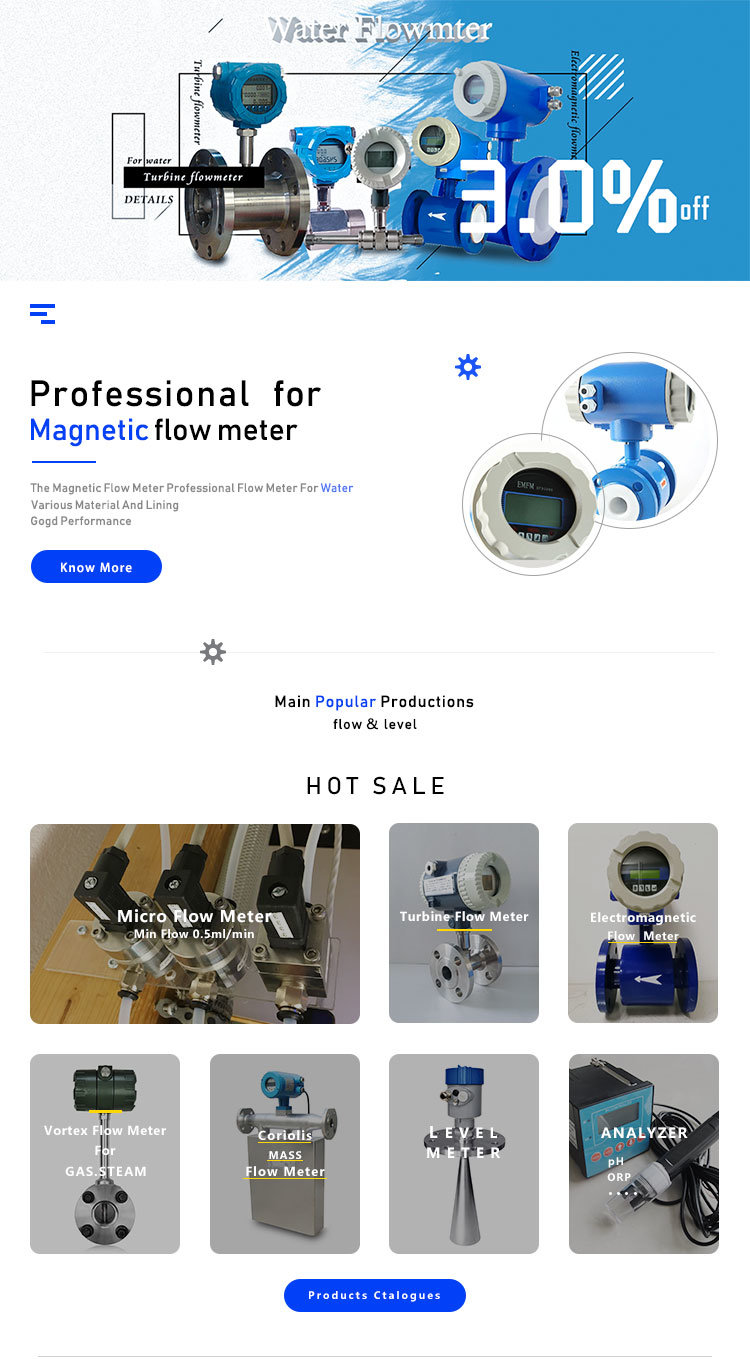
what's the technical parameters of magnetic electromagnetic flowmeter?
Production Name
 magnetic electromagnetic flowmeter
 Medium
 water;wastewater;Mud and varioue kinds of conductivity liquid
 Diameter
 DN10~DN2000mm
 Accuracy
 +/-0.5%
 Temperature
 <80ºC(rubber); <180ºC(PTFE)
Pressure
 4.0Mpa(DN10~80);1.6Mpa(DN100~150);1.0Mpa(DN200~1000);0.6Mpa(DN1200~2000)
 Flow speed
 0.3~10m/s
 Requirement of  pipeline
 Upstream ≥5DN;Downstream≤3DN
 Electrode
 Stainless steel 316L(standard);Titanium;Tantalum;Hastelloy
 Lining
 PTFE;Rubber
 Connection
 Flange;thrad;clamp on
 Body material
 Cast steel ;stainless steelÂ
 Power supply
 220V;24V;Battery
 Output
 Pulse;4~20mA;HART;RS485;MODBUS;GPRS
 Communication
 HART;RS485;MODBUS
 Explosion proof
 CustomizedÂ
 Protection
 IP65 or IP68
 Environment
 Environment:-20~60ºC
 Power
 <20W
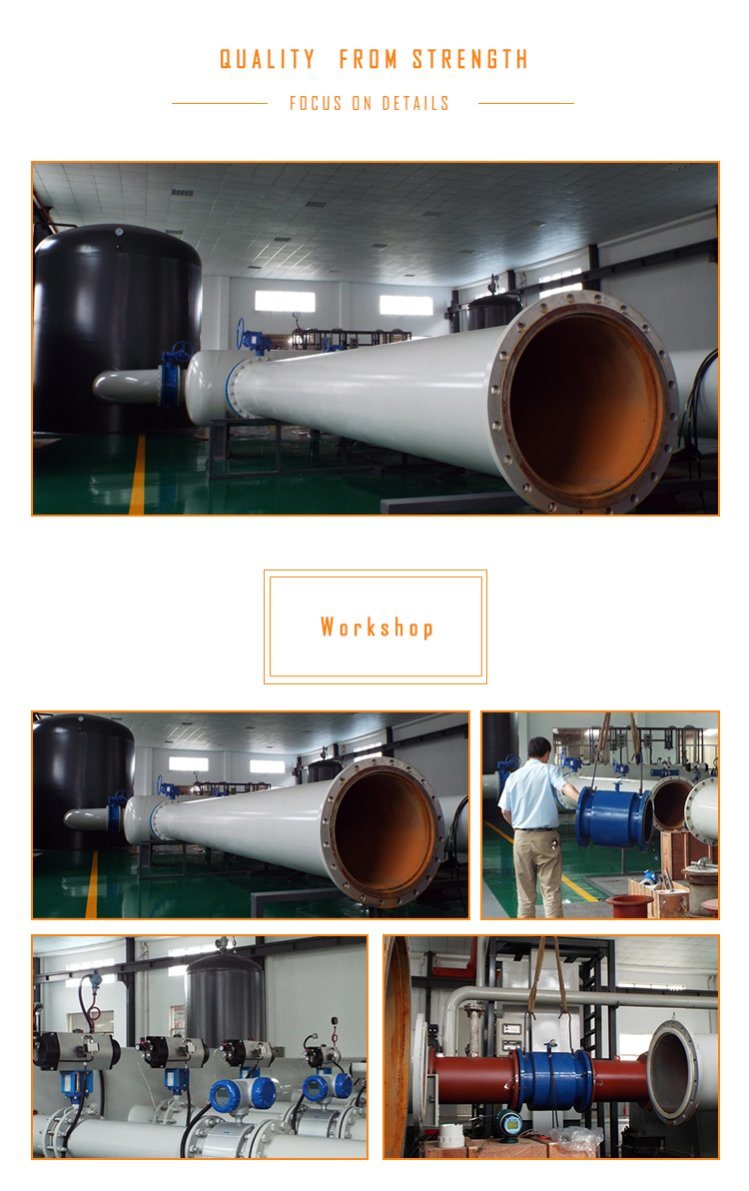
 Item
 The Electrode table
 Material
 The Medium
 SS316L
 For:Living water; wastewater;Corrovise water and Mud,etc;
 Hastelloy B
 For:Non-oxidizing acids at concentrations less than 10%;NAOH Concentrations less than 50%
 Hastelloy C
 For:Mixed Acid and Oxidizing salts
 Titanium
 For: Salt and weak acid ;Not application:hydrochloric acid, nitric acid and other reducing acids
 Tantalum
 For:hydrochloric acid(<40%);Sulfuric acid and Other oxidizing acids
 Plantinum
 For:Almost all acid-base salt solution But not application for aqua regia, except ammonium salt
Tungsten carbide
 For:Pulp ;sewage ;slurry

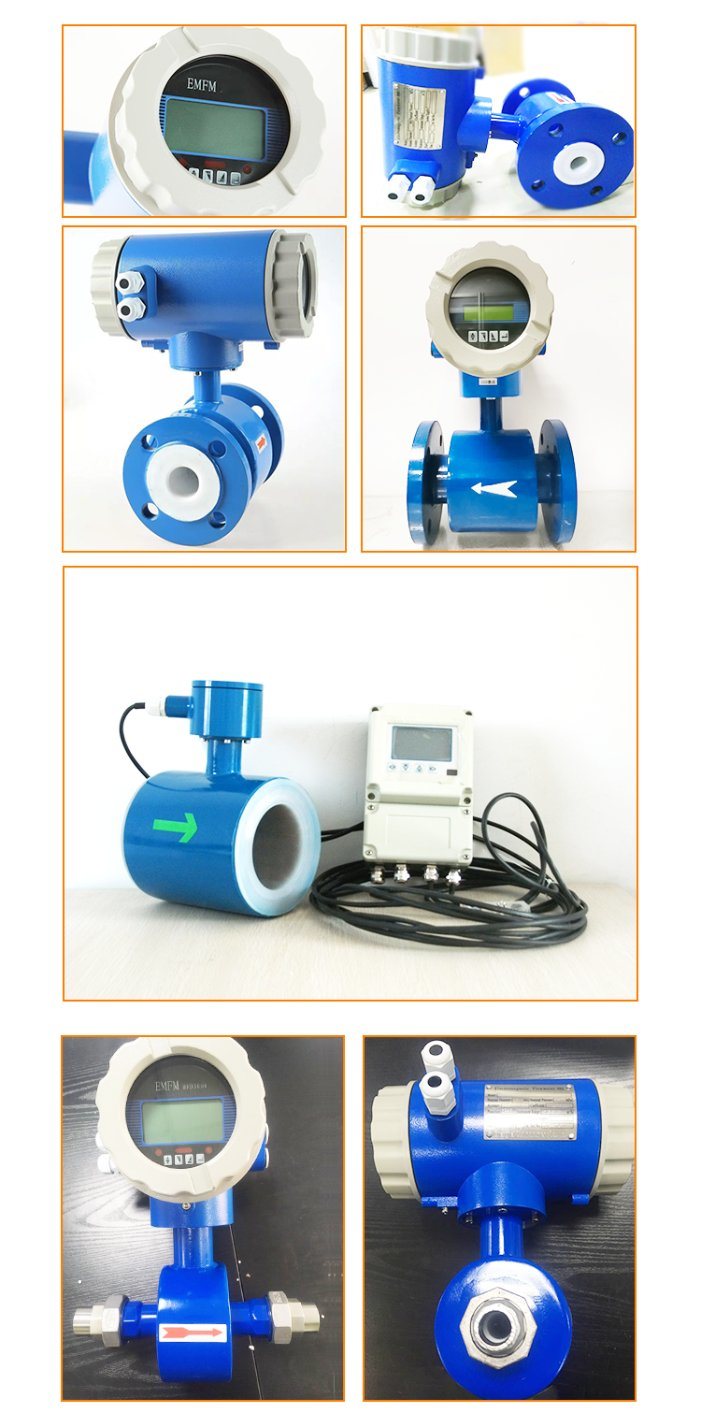
[Installation]
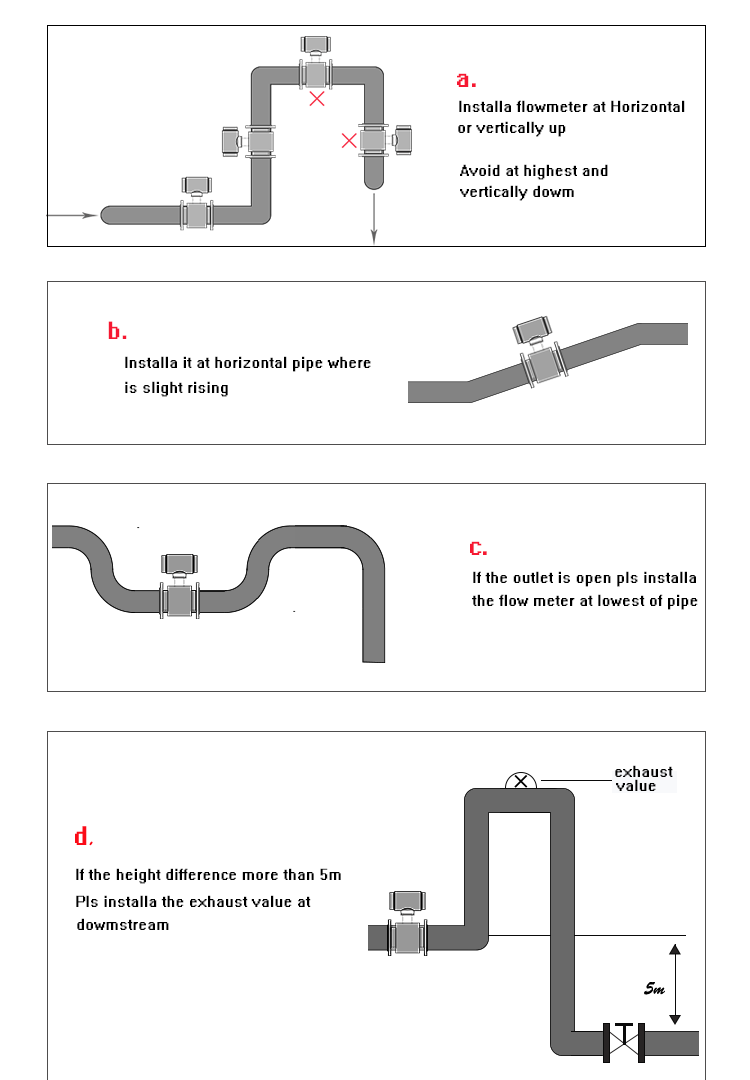 [Company Information]
[Company Information]
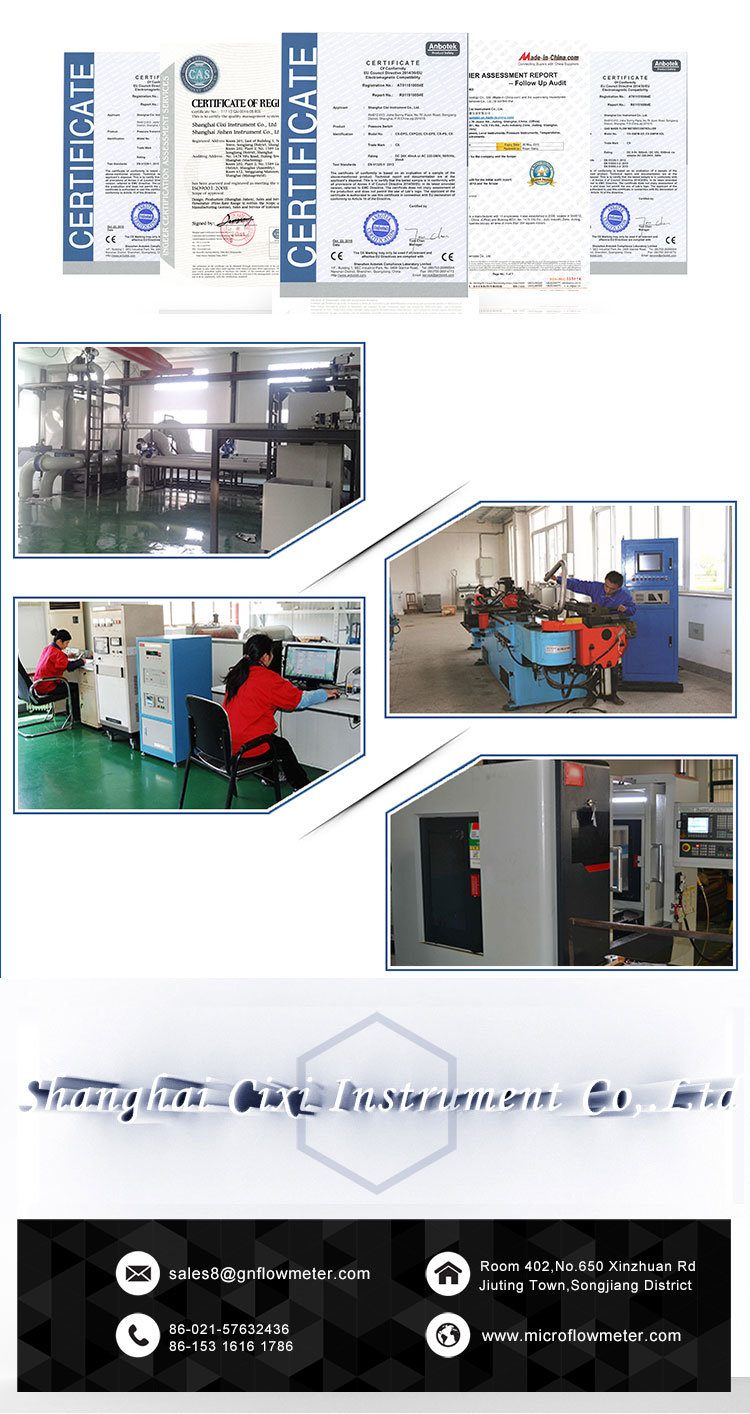
Â
Sand casting, the most widely used casting process, utilizes expendable sand molds to form complex metal parts that can be made of nearly any alloy. Because the sand mold must be destroyed in order to remove the part, called the casting, sand casting typically has a low production rate. The sand casting process involves the use of a furnace, metal, pattern, and sand mold. The metal is melted in the furnace and then ladled and poured into the cavity of the sand mold, which is formed by the pattern. The sand mold separates along a parting line and the solidified casting can be removed. The steps in this process are described in greater detail in the next section. In sand casting, the primary piece of equipment is the mold, which contains several components. The mold is divided into two halves - the cope (upper half) and the drag (bottom half), which meet along a parting line. Both mold halves are contained inside a box, called a flask, which itself is divided along this parting line. The mold cavity is formed by packing sand around the pattern in each half of the flask. The sand can be packed by hand, but machines that use pressure or impact ensure even packing of the sand and require far less time, thus increasing the production rate. After the sand has been packed and the pattern is removed, a cavity will remain that forms the external shape of the casting. Some internal surfaces of the casting may be formed by cores.
Sand casting is able to use of almost any alloy. An advantage of sand casting is the ability to cast materials with high melting temperatures, including steel, nickel, and titanium. The four most common materials that are used in sand casting are shown below, along with their melting temperatures
Materials Melting temperature
Aluminum alloys 1220 °F (660 °C)
Brass alloys 1980 °F (1082 °C)
Cast iron 1990-2300 °F (1088-1260 °C)
Cast steel 2500 °F (1371 °C)
The material cost for sand casting includes the cost of the metal, melting the metal, the mold sand, and the core sand. The cost of the metal is determined by the weight of the part, calculated from part volume and material density, as well the unit price of the material. The melting cost will also be greater for a larger part weight and is influenced by the material, as some materials are more costly to melt. However, the melting cost in typically insignificant compared to the metal cost. The amount of mold sand that is used, and hence the cost, is also proportional to the weight of the part. Lastly, the cost of the core sand is determined by the quantity and size of the cores used to cast the part.
Sand casting process advantages
Can produce very large parts
Can form complex shapes
Many material options
Low tooling and equipment cost
Scrap can be recycled
Short lead time possible
Applications:
Construction Machine Parts,Scaffolding Parts,Engine blocks and manifolds, machine bases, gears, pulleys, agriculture parts,Marine Parts,medical parts,hardware, automobile parts,ect.
Electromagnetic Flowmeter Remote Type
Model NO.: Electromagnetic Flowmeter
Measuring Principle: Electrical Principles
Measurement Object: Closed Pipeline
Certification: CE, ISO, SGS
Max Temp: 180c
Max Size: 2000mm
Pressure: 4MPa
Certificate: ISO, CE, SGS
Trademark: GN
Transport Package: Carton/Polywood Case /Wood Case
Specification: CE/SGS/ISO
Origin: Shanghai China
HS Code: 9026100000
